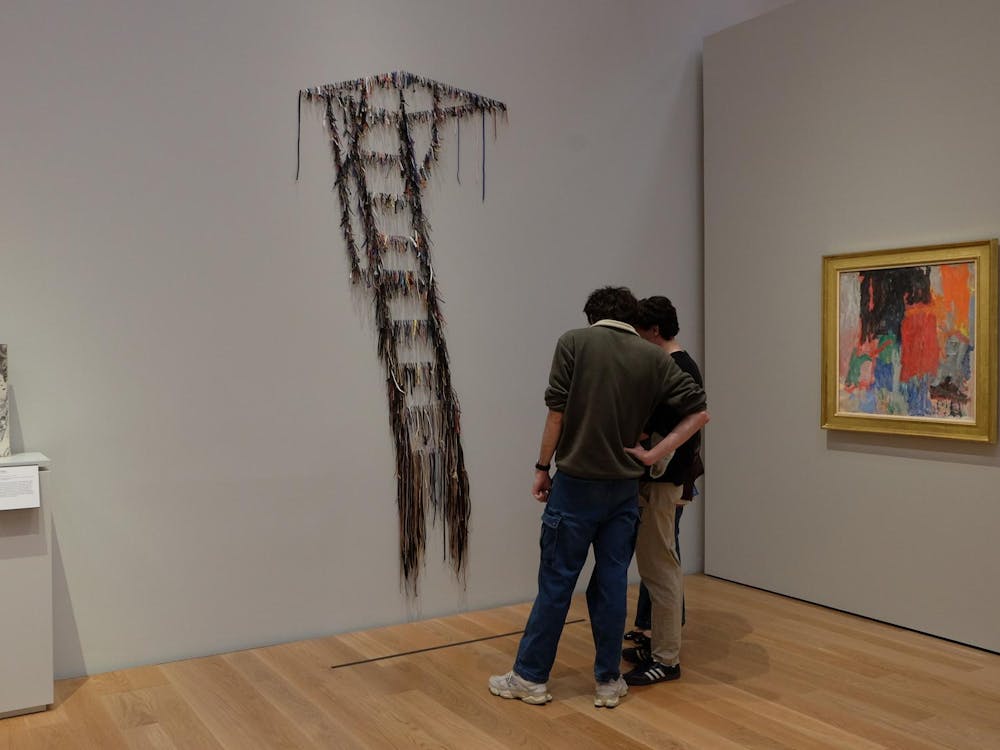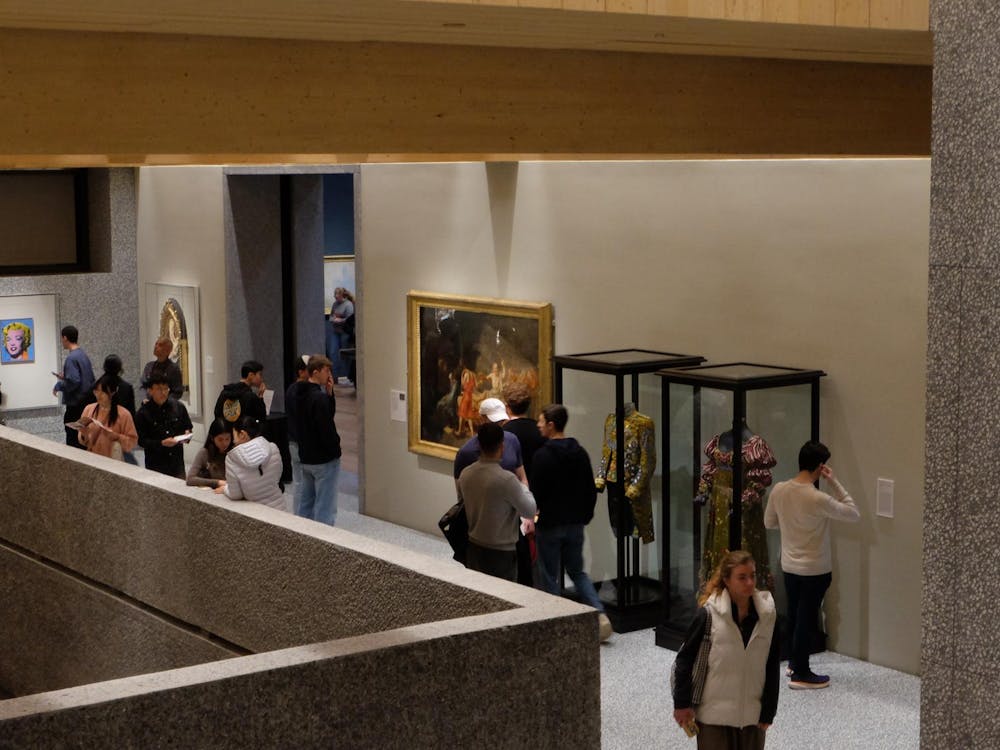In the busy haze of Princeton life, many students might ask: Who hasn’t missed a class? Beneath this reality, a variety of factors, some far removed from the quality of the course, impact students’ decisions, while faculty members employ a growing number of techniques to ensure their weekly presence.
Lack of sleep appears to be the prevailing student explanation for missing class, in addition to class size, department and quality of the course.
Jahnabi Barooah ’11 said she recently missed her 9 a.m. physics lecture because of a late-night study session. “I went to bed at 4 [that morning], and I live in Forbes,” she said.
Class size also plays an important role in the decision. Typically, attendance in larger classes is perceived as less critical than being present in small seminars.
“You can always get lecture notes from someone else,” Ann Gong ’10 said. She said she always attends her small French class, though, because the professor remembers her name, and attendance is factored into her grade.
Overall, an absence is much more likely to be noticed in a small class, and that makes it more difficult to get away with an absence, Gong said.
Caitlin Seery ’09 takes the quality of a professor’s lectures into account in deciding whether to attend class.
“What gets people to go to class is the fact that they’ll get something out of lecture,” she explained.
Brendan Heath ’11 also judges the necessity of attending a class based on the professor’s performance. “If the professor teaches more from the book, then that would make me less likely to attend class,” he said. Posting lectures on the Blackboard website also makes absences more likely, he said.
Instructors uniformly stress the importance of attendance in their classes and employ a variety of techniques to discourage illegitimate absences, and language departments are known for their particularly strict attendance policies.
“Attending class every day is very important to maintain the level of accuracy,” said Tomoko Shibata, a lecturer in the Japanese department. “Students are not surrounded by Japanese; coming to class is the only resource they get.”
Japanese classes routinely allocate 5 percent of the final grade to attendance, taken during every class, with deductions beginning after the second unexcused absence, Shibata said.

The creative writing program has a similarly strict policy for its courses, which only meet once per week. As the classes are all graded on a pass/D/fail basis, students who accumulate more than two unexcused absences receive an F for their final grade, the program’s acting director, James Richardson, said in an e-mail.
Writing workshops are a “continuous group effort,” Richardson explained. “You have work due every week, and more than that you’re responsible for paying careful attention to your classmates’ work.” Richardson does not see attendance as a problem, calling his students “conscientious and committed,” and said that he often teaches classes from which students are never absent.
The advent of iClickers, remote controls with which students can respond to questions posed in lecture, has introduced another increasingly popular method of ensuring attendance in larger lectures, where professors cannot take roll in every class.
Students register their clicker so that their responses are traceable, explained Jennifer Bowen, assistant instructor for ENV 202: Fundamentals of Environmental Studies: Climate, Air Pollution, Toxics, and Water, where students are regularly issued iClickers.
The clickers are used primarily to encourage participation in lecture rather than as attendance trackers, but the clicker system does keep a daily record of each clicker’s responses. If no responses are recorded for a day, a student is assumed to be absent.
Bowen stressed the importance of coming to lecture, saying that presentations include “heavily data-oriented slides ... information you can only get by sitting in lecture.” It would be difficult to understand information simply by looking at the slides, particularly for the non-science majors in the class, Bowen said. Students lose 1 percent of their final grade for each unexcused absence beyond the two allowed.
Students are divided on the inclusion of attendance in a course’s final grade. “I think it’s a good way to make people come to class,” Barooah said.
Kevin Chou ’11 said that he does not find an attendance grade to be useful. “I don’t agree with making a portion of the class grade based on attendance ... I think at this age you already know whether you go to class or not,” he explained.







